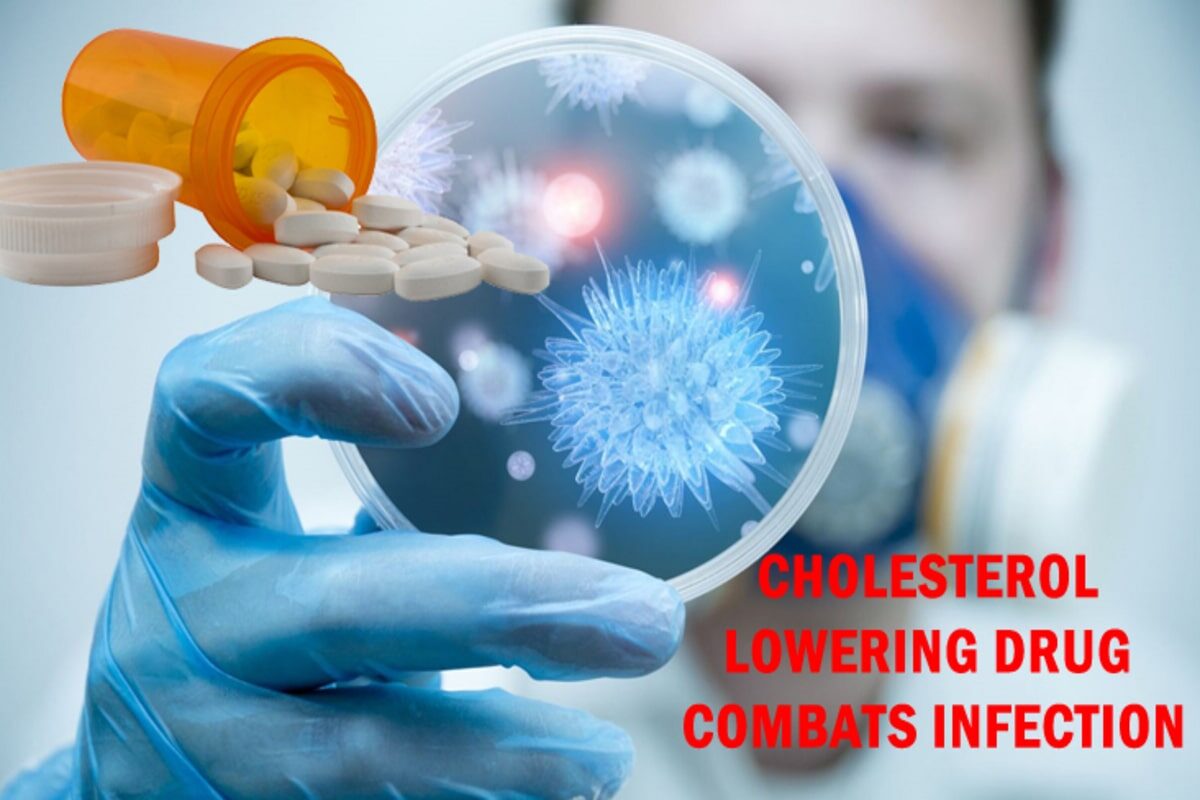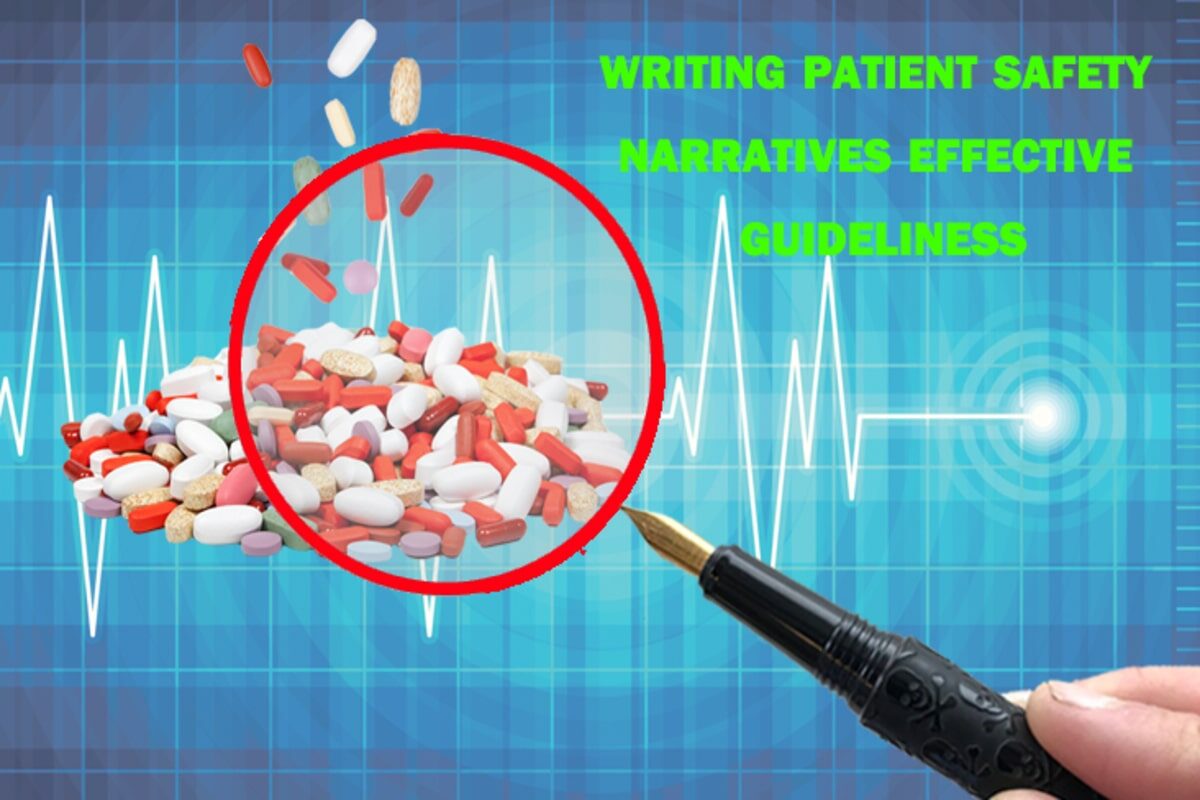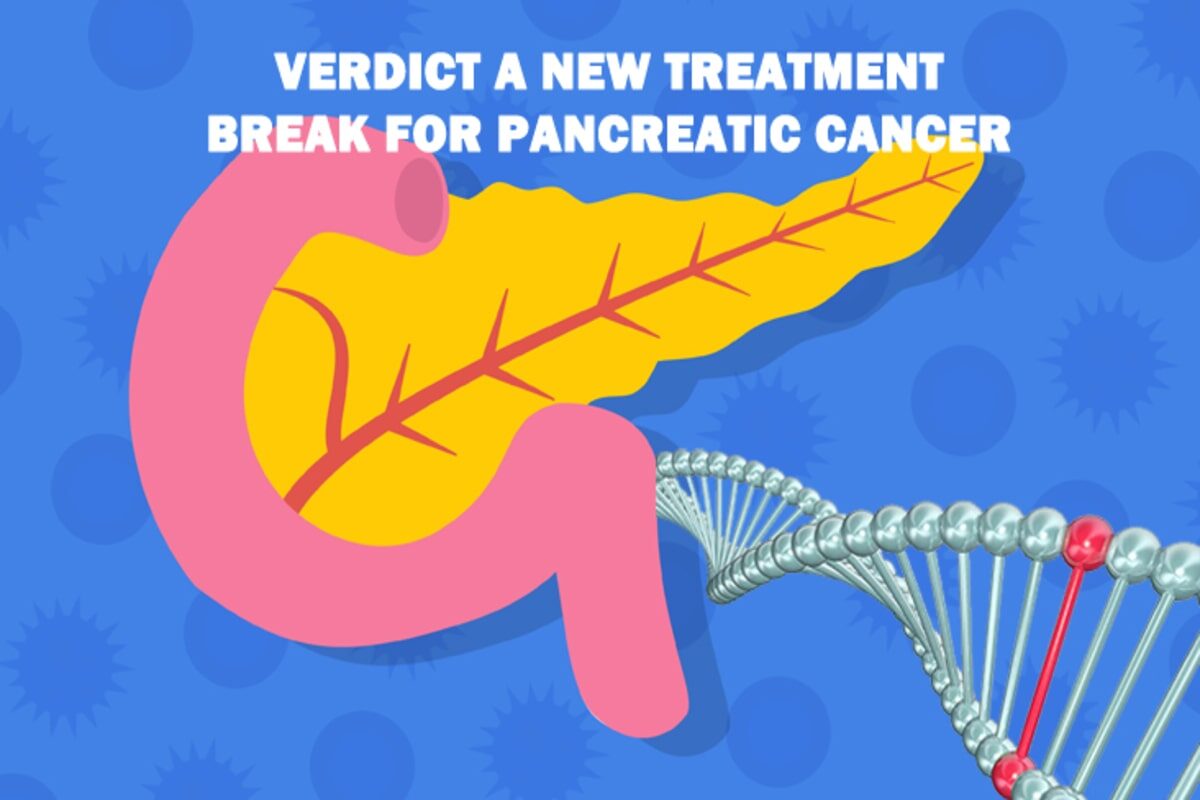Narrative writing or writing patient safety narratives is an integral part of any clinical study report writing. Before dwelling into its guidelines, let us first understand what it is and what importance it carries in clinical research.
In simple terms, a narrative is a brief summary of the adverse events experienced by the patients during a clinical trial of a drug. It is submitted along with the clinical study report to establish any causal relationship between the events experienced by the patient and the drug under investigation. This also helps in establishing the drug safety profile.
Patient narratives are generally written for deaths, serious adverse events, any adverse event of special clinical interest, and events leading to permanent discontinuation of the patient from the trial.
Components of a patient narrative
As per International Conference on Harmonisation (ICH) E3 guidelines, a patient narrative must contain the following:
- Nature, intensity, and outcome of the event
- Clinical course of the event
- Timing of study drug administration
- Relevant laboratory measures
- How the event was treated
- Action taken with respect to the study drug
- Post mortem findings (in case of death of the patient)
- Investigator’s and sponsor’s (one who sponsors the clinical study) opinion on causality
- Patient identifier
- His age, sex, and general clinical condition
- Disease being treated
- Medical history of the patient
- Medications taken in the past or taking currently
- Any ongoing medical condition
What do you need to know before drafting a patient narrative?
1.Thorough knowledge and understanding of the therapeutic area of the drug under investigation
2.Knowledge of the regulatory requirements
Patient narratives are usually submitted to the regulatory authorities along with the clinical study report, included either as a text in Section 12.3.2 if the number of narratives is less (6–10) or provided in Section 14.3.3 as an appendix.
3.Understanding of the role and expectations of the regulatory authorities
As narratives are reviewed by the regulatory authorities, their objectives must be borne in mind before drafting a narrative. These objectives are:
- Identification and close examination of adverse events that require further monitoring
- Identification of frequency and severity of unexpected adverse events
- Identification of the factors affecting the occurrence of adverse drug reactions like patient’s age, gender, ethnicity, race, associated illness, abnormalities of renal or hepatic function, and genetic characteristics or drug-related factors such as dose, plasma concentration, duration of exposure, and concomitant medications.
- Evaluating and analyzing the data for any limitations and safety analysis of the drug.
4.Sources of data
You can use various sources of information while preparing a patient narrative. These include:
- Primary source which is the clinical database listings
- Secondary source which include Council for International Organizations of Medical Sciences (CIOMS) forms, Case Report Forms (CRFs), MedWatch forms, and Data Clarification Forms (DCFs)
5.The number of patient narratives to be prepared
Challenges in narrative writing process
The most common challenges observed while drafting a patient narrative are:
- Large number of resources required for the project
- Maintaining consistency in the narratives
- Timely delivery of high quality narratives
- Lack of standardized data sources or patient profiles
- High variability in template finalization before and after sample narratives due to differences in opinion of reviewers
- Change in reviewers in intermediate or later stages of the project
- Delay in review cycles
- Delay in receiving consensus on comments and queries from the clinical team
How to overcome these challenges?
- Hold a meeting with all the stakeholders of the project and finalize a template for the sample narrative, in consensus with the clinical team.
- Review your clinical database listings for all the necessary information as per the agreed narrative template.
- Use standardized data sources throughout the process. Also use a resource utilization tracker that lists down all the ongoing studies, percent utilization and free capacity of the resources in each project.
- Use a standardized narrative tracking sheet to record details like the list of patients requiring narrative, their criteria for narrative, author, reviews, and dates.
- Standardize the review process and have proactive communication with all the stakeholders including the clinical team for finalizing the sample narrative.
- Finalize the sample narrative before dispatching future batches.
- Use an automation tool for narrative writing. This is particularly helpful in case of large volumes of narratives to ensure consistency, quality, and timely delivery of narratives. However, medical and scientific review, data quality control, and quality calibration must be performed regularly even if the narratives are generated using an automation tool. Quality can be checked and maintained by using a quality tracker to calculate any major or minor errors in the narrative.
Tips for writing an effective patient narrative
- Always use hard space and hard hyphens for days, dates, and laboratory values to avoid splitting on the next page or next line except at the beginning of a sentence (hard hyphen: ctrl + shift + hyphen; hard space: ctrl + shift + space)
- Be consistent while using the patient throughout the narrative.
- Tag the narrative template against the information available in data sources to help the reviewer track the information easily.
- Always use generic names for the patient’s concomitant medications or treatment medications for adverse events. However, for combination drugs, generic drug name should be provided along with the trade name in brackets; for example, lisinopril-hydrochlorothiazide (Zestoretic)
- For describing the adverse event and medical history or ongoing condition of the patient, always use the preferred terms like pain in extremity should be reported as pain in hands or pain in legs.
- Quick check your narrative before submitting it to the scientific reviewer.
Quality control (QC) is an important step in the delivery of a narrative project. If time is not a constraint, QC must be performed during the review and final delivery stages. However, if that is not feasible, a thorough and independent final QC should suffice.
Cognibrain healthcare technologies are the best provider of medical writing and healthcare communication services. Our Medical writing services include clinical and regulatory writing which encompasses clinical study reports, clinical study protocol, investigator brochures and pharmacovigilance writing like patient safety narratives, periodic safety update reports. Our non clinical or non regulatory medical writing services include medical manuscript writing service for journal submission, publication support for medical journals, medical abstract writing and poster presentation for medical conference, systemic review and meta analysis. We also provide healthcare communication services like medico marketing writing, product monographs, medical content writing for therapeutic products, medical devices, nutraceutical products and treatment procedures and medical websites.





